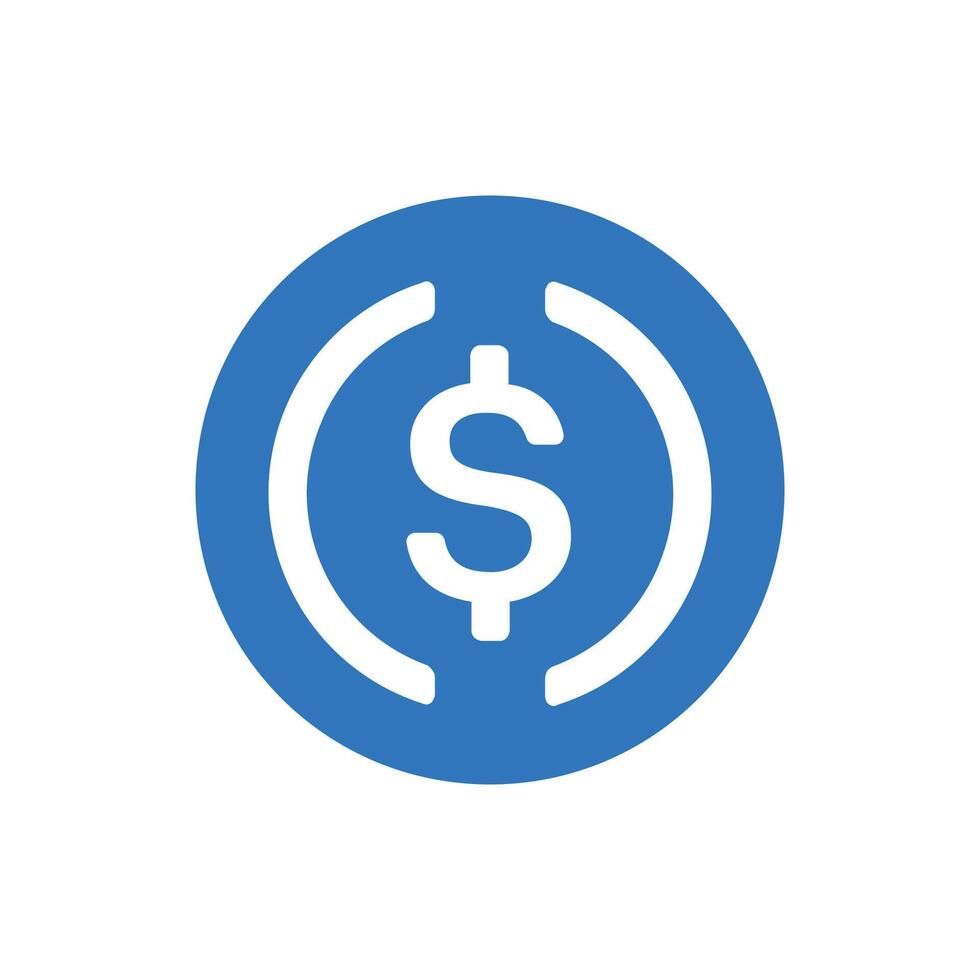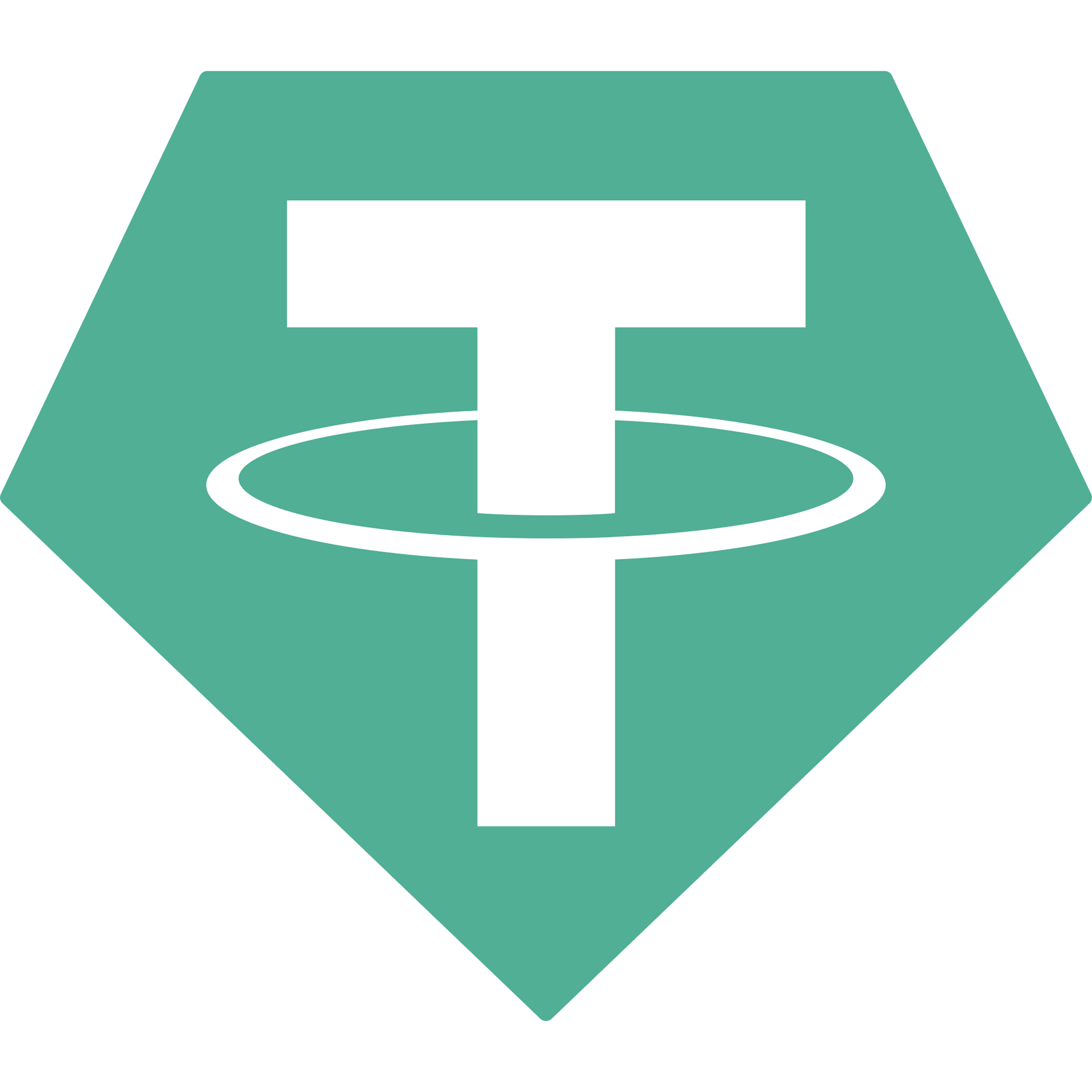Surplus Lines Insurance: Mitigate Risk for Hard-to-Insure Projects
When GreenWave Energy set out to build a floating solar farm off a remote coastline, traditional insurers balked at the project’s unique hazards and refused coverage. A surplus lines insurer stepped in—part of the non-admitted market—offering bespoke protection for marine corrosion, business interruption and supplier non-performance. Surplus lines insurance bridges gaps for hard-to-insure projects, crafting solutions where admitted carriers can’t.
What Is Surplus Lines Insurance?
Surplus lines insurance operates outside the admitted market. Non-admitted carriers aren’t bound by state-filed rates and forms, so they underwrite complex risks like emerging-market developments, renewable energy installations and high-value infrastructure. Licensed surplus lines brokers place these risks with carriers that have the appetite and capacity to insure unconventional exposures.
Key Benefits for Project Owners
- Customized Coverage:
Incorporate political risk, war and civil commotion, and off-grid power interruption into one policy.
- Higher Policy Limits:
Scale to the size of large capital projects without admitted-market caps.
- Flexible Terms:
Multi-year periods, parametric triggers and tailored deductibles.
- Speed of Placement:
Bind coverage in weeks, not months, essential for urgent project starts.
Admitted vs. Surplus Lines Comparison
| Feature |
Admitted Market |
Surplus Lines Market |
| Regulatory Oversight |
State-guaranteed, rate- and form-filed |
Non-admitted, flexible forms |
| Capacity |
Limited by standard appetites |
High, multi-layer capacity |
| Coverage Scope |
Standardized, often restrictive |
Fully tailored to project risks |
| Placement Speed |
4–6 weeks typical |
2–3 weeks or less |
Case Study: Offshore Wind Farm
OceanBreeze Renewables needed cover for blade damage, port delays and currency devaluation. Admitted insurers declined due to emerging-market exposure. A surplus lines program combined a marine all-risks policy with parametric wind-speed triggers and a political risk wrap. This bespoke package enabled project financing to close on schedule.
Steps to Secure Surplus Lines Coverage
- Engage a licensed surplus lines broker familiar with your jurisdiction.
- Compile a detailed submission: engineering reports, contracts, location risk data.
- Obtain and compare quotes from multiple non-admitted carriers.
- Review surplus lines tax and filing requirements in your project’s state.
- Finalize policy wordings and establish clear claims protocols.
Beyond Insurance: Risk Mitigation Strategies
- Use parametric covers for natural hazards to complement indemnity policies.
- Establish a captive insurance vehicle for small or frequent losses.
- Implement contractual risk transfer via EPC and supplier agreements.
- Layer reinsurance programs to expand capacity and reduce premiums.
Tackling a complex project and need a custom surplus lines solution? Submit your deal and our risk experts will design an insurance program to safeguard your investment.
Submit Your Deal





